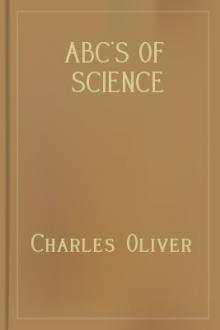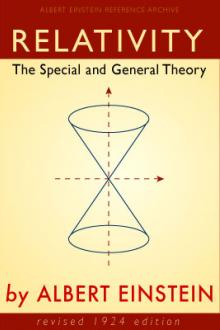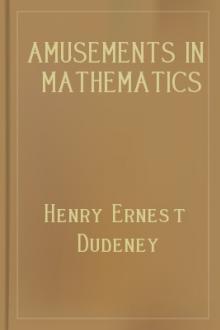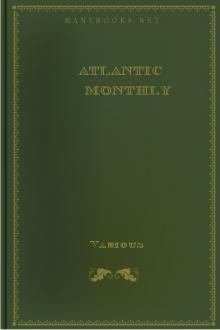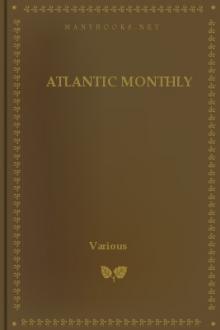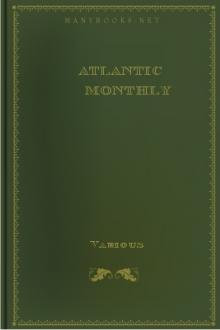Journal of Entomology and Zoology
Journal of Entomology and Zoology
Volume Eleven, Number Two, June 1919
Book Excerpt
pecimens as they are close to the bony skeleton with very little connective or other tissues to obscure them. The use of aqueous methylene blue aids in following the smaller branches. Near the lantern the branches are small as shown in fig. 2. When the region is reached where the upper and lower surfaces of the shell begin to fuse, the branches become larger and more irregularly arranged, as shown in the lower part of fig. 1 and fig. 2. After the nerve turns to run on the aboral side there is no change in arrangement until the region of the tube feet is reached. In the region of the tube feet the nerves become more numerous, smaller and more regular. The general distribution of the nerves and the arrangement of the tube feet nerves are shown in fig. 4 which is from part of the upper end of the aboral nerve. The holes in the skeleton for the tube feet are shown as circles on each side of the diagram.
The general structure of the chief central nerve trunks is quite similar as shown in sections. Figs. 6,
Editor's choice
(view all)Popular books in Periodical, Science
Readers reviews
0.0
LoginSign up
Be the first to review this book
Popular questions
(view all)Books added this week
(view all)
No books found
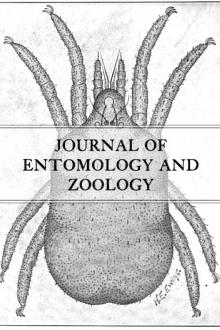
 Free Download
Free Download












